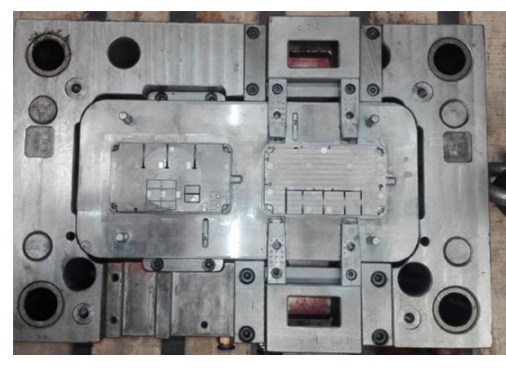In the SMT chip processing industry, there are many micro-precision components, which are difficult to judge with the naked eye. For the safety and reliability of products, the IQC department in the chip processing industry will strictly check the front-end incoming materials inspection to prevent batch defects in the production process or finished products. Then as SMT chip processing, we should know IQC inspection defects What is the definition of? What are the contents of the IQC inspection, we must clearly understand! Then the PCB factory will explain to you what are the IQC inspection contents in SMT chip processing? Hope to help the family!
Definition of defects: First of all, we must clearly know what is the definition of IQC incoming inspection defects in the SMT chip processing industry? Only then can the materials be better, reasonable, standard, and accepted.
1. CR (Fatal Defect): Refers to the existence of a product that may cause accidental injury to the producer or user, or property loss that may cause complaints from customers, and violate laws, regulations and environmental regulations. (Safety/Environmental Protection, etc.)
2. MA (Material Defect): A certain feature of the product does not meet the specified requirements (structure or function) or serious appearance defects.

3. MI (Minor Defect): The product has some defects that do not affect the function and applicability. (Generally refers to small defects in appearance).
IQC incoming inspection content: As SMT chip processing generally has a short production cycle, the performance of the corresponding material has been tested when the material is received, then we should focus on checking the consistency of the material and the BOM, whether the pad is oxidized, and whether the transportation is damaged And other content. It usually includes whether the material identification is consistent with the BOM, whether the appearance is discolored and black, whether the solder end is oxidized, whether the IC pin is damaged, whether it is deformed, whether there are crack marks, whether it is within the validity period, etc.;
1. Check whether the PCB model is consistent with the BOM requirements, whether the pad is oxidized and discolored, whether the green oil is intact, whether the printing is clear, whether it is flat, and whether the corners are bumped.
2. SMT chip resistors check whether the specifications, dimensions, resistance values and error values are consistent with the requirements of the BOM table. Check whether the identification value of the material tray is consistent with the silk-screened characters on the component body. If there is no silk-screened characters, use an LCR bridge to test the resistance value. Check whether the welding end is oxidized and whether the body is damaged.
3. SMT chip capacitors inspect whether the size, capacitance, error, and withstand voltage are consistent with the requirements of the BOM table. Check whether the identification value of the material tray is consistent with the screen printing of the component body. If the bulk material is also required to use an LCR bridge to test whether the capacitance value is consistent with the identification. Check whether the welding end is oxidized and whether the body is damaged.
4. SMT chip inductors inspect the size, inductance, and error whether they are consistent with the requirements of the BOM table. Check whether the identification value of the material tray is consistent with the screen printing of the component body. If there is no screen printing, use an LCR bridge to test the sense value. Check whether the welding end is oxidized and whether the body is damaged.
5. Diodes and triodes shall be inspected for specifications and dimensions, and whether the markings are consistent with the requirements of the BOM table. Check whether the marked word code on the main body corresponds to the sign. Check whether the welding end is oxidized and whether the body is damaged.
6. IC, BGA component inspection specification size, whether the mark is consistent with the requirements of the BOM table. Check whether the marked word code on the body corresponds to the sign. Check the pins, whether the solder balls are oxidized, and whether the pins are deformed.
7. Check whether the specifications and dimensions of connectors, buttons and other PCB components are consistent with the requirements of the BOM table. Check whether the welding end is oxidized and whether the body is deformed. Check whether the temperature resistance meets the requirements of reflow soldering.